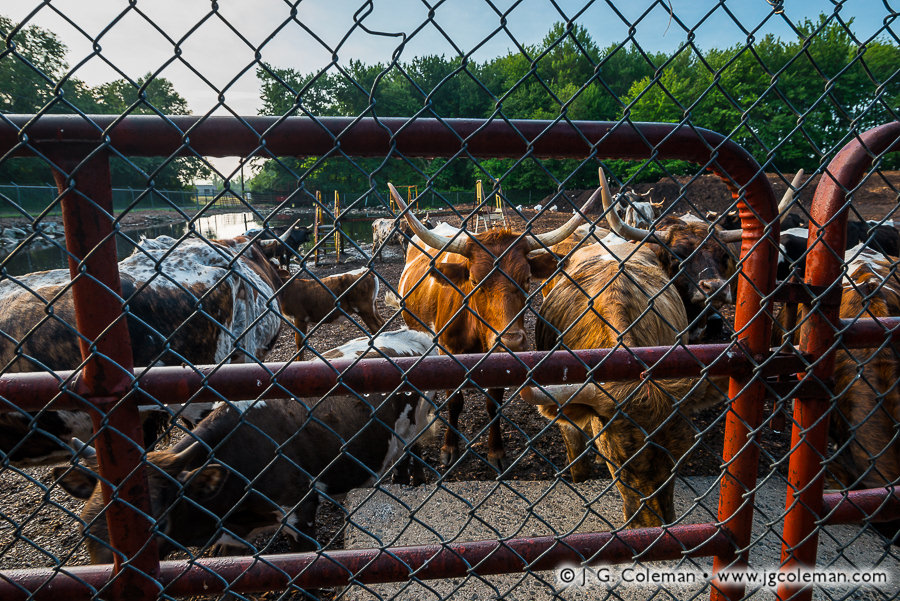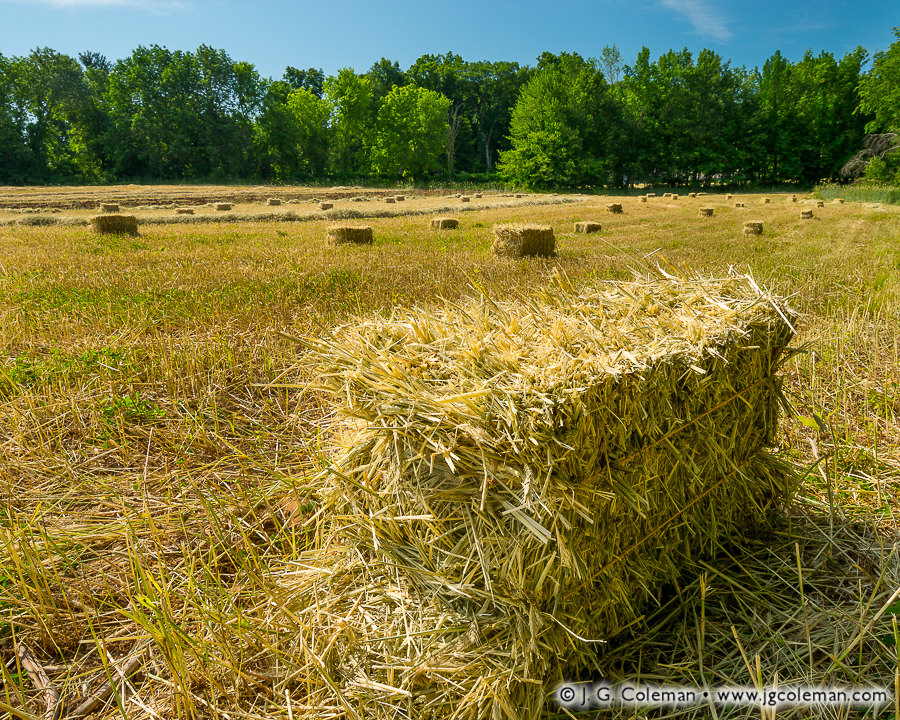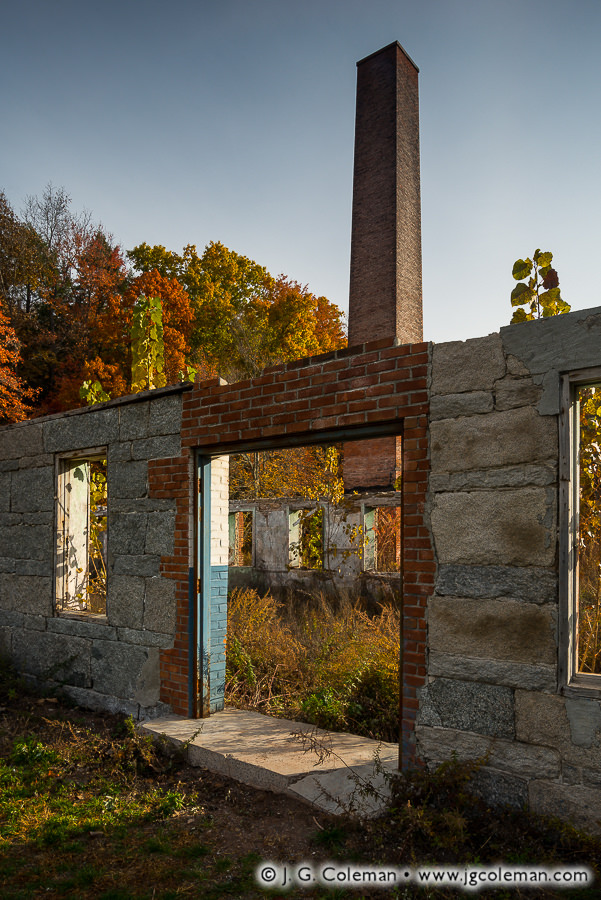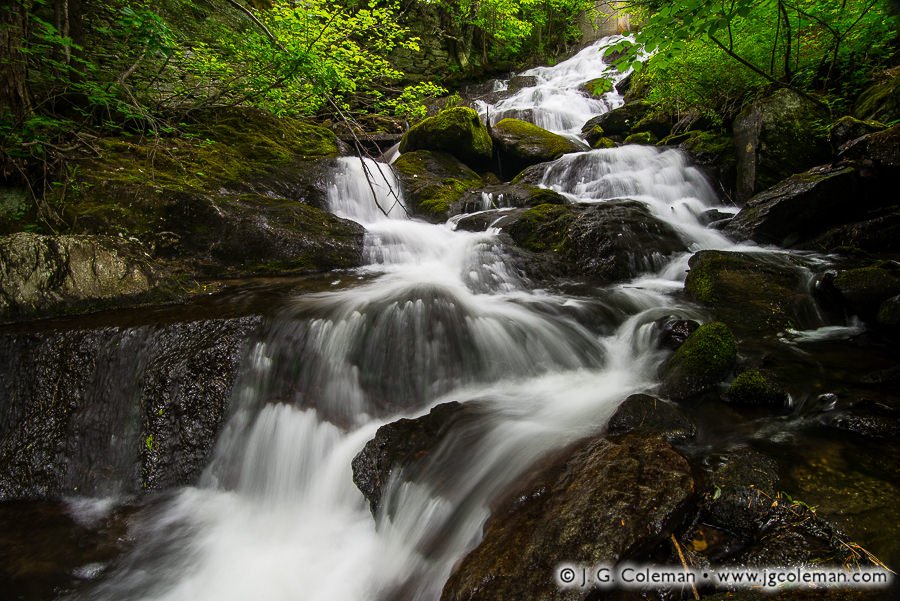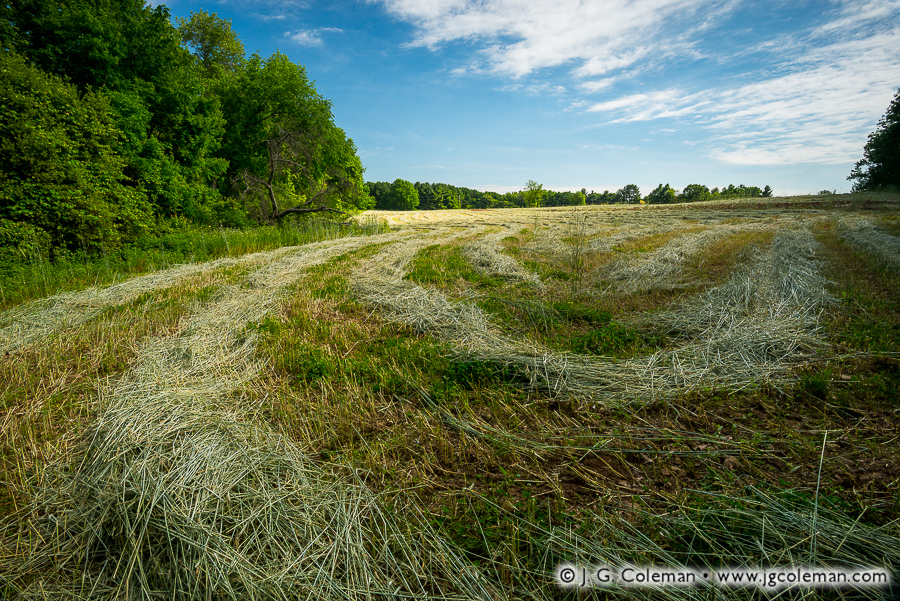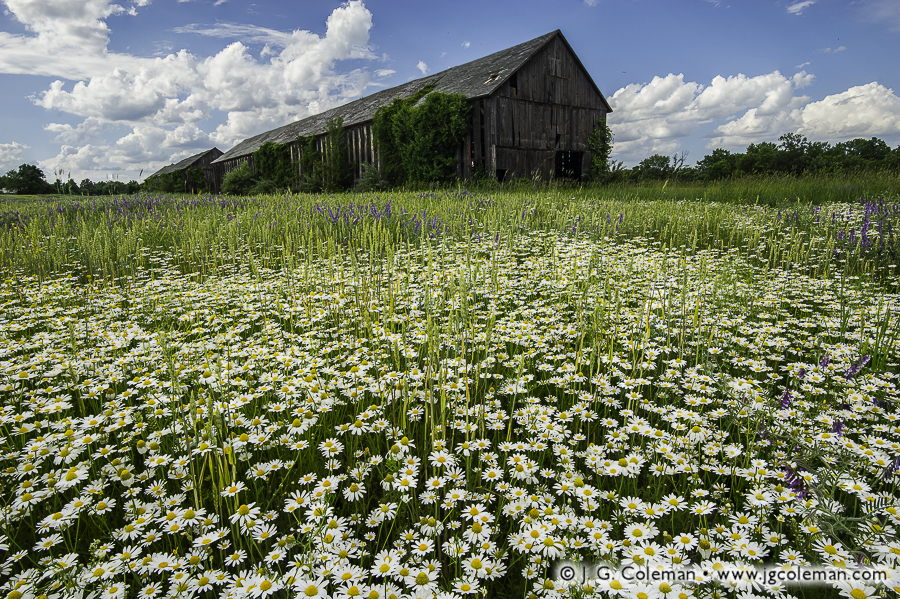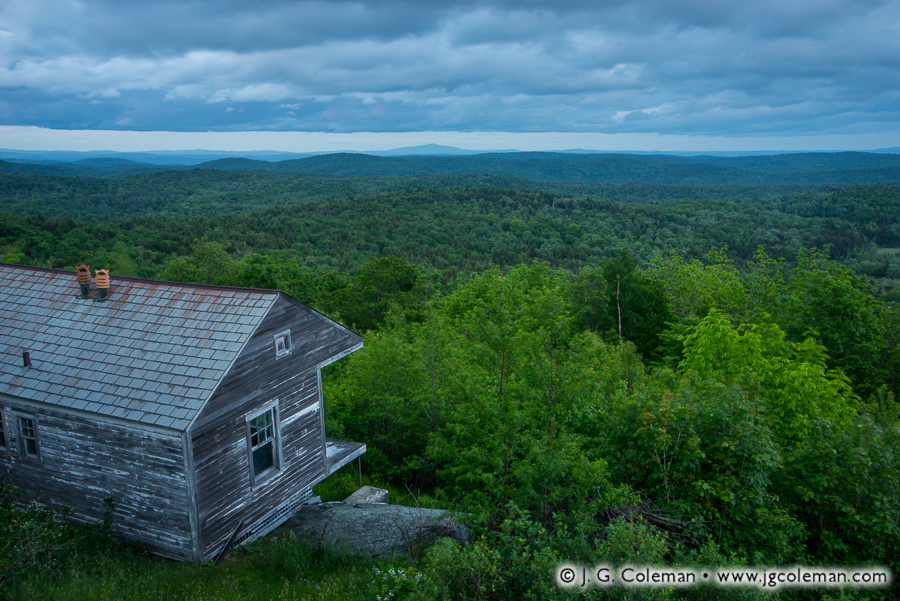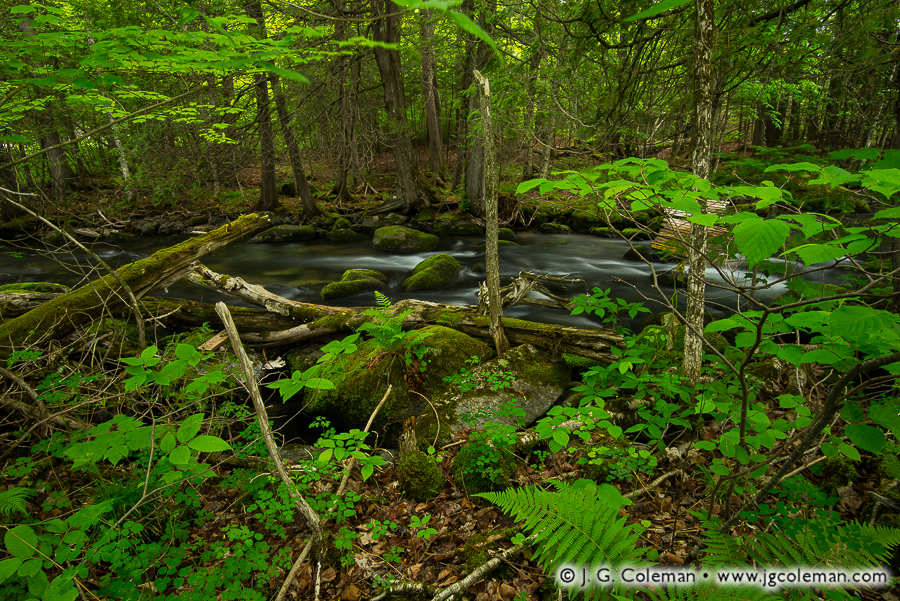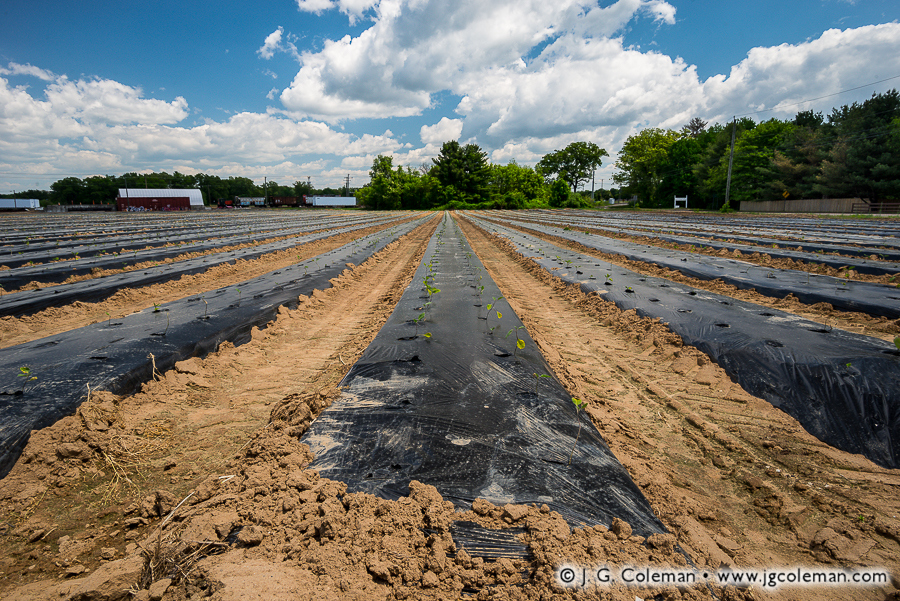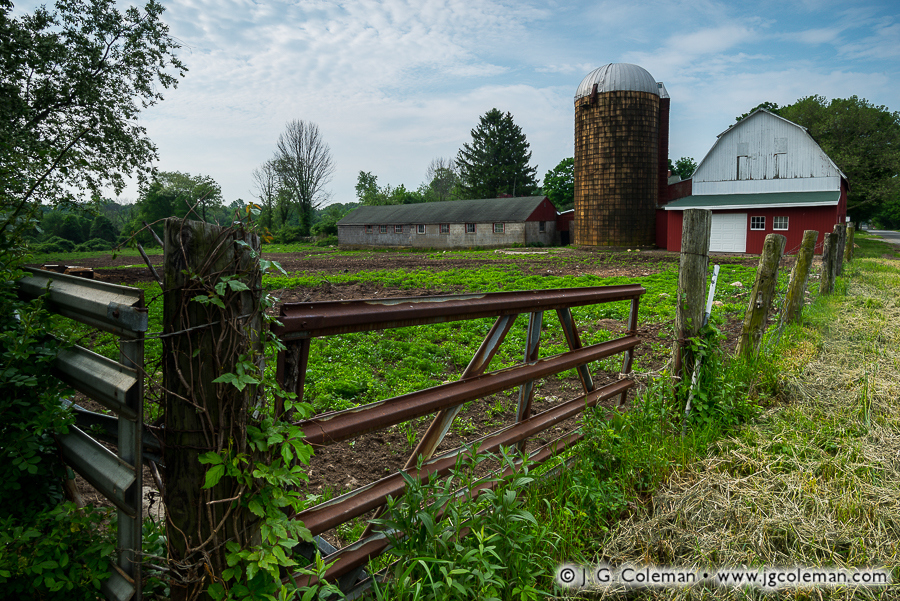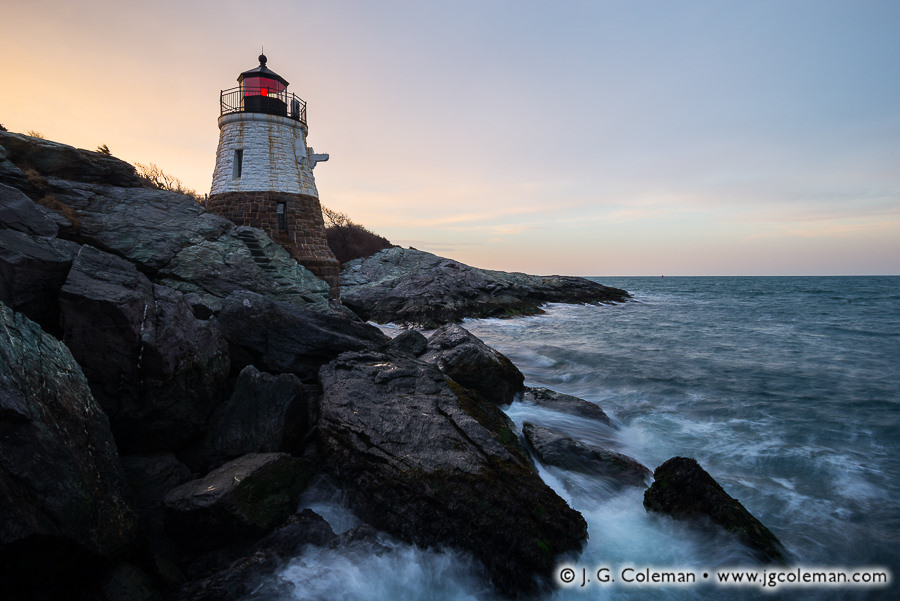
Castle Hill Lighthouse beside Narragansett Bay, Newport, Rhode Island
© 2016 J. G. Coleman
Bearing certain resemblance to the turret of some medieval fortress, one could be forgiven for mistakenly assuming that Newport’s Castle Hill Lighthouse lent its name to the hill rising inland from its rocky, oceanfront perch. As it happens, though, the modest knoll beside Narragansett Bay was called Castle Hill at least as early as the 1860s, decades before the first of the lighthouse’s granite blocks were laid (perhaps it was the hill’s name that inspired the lighthouses design?).

Castle Hill Lighthouse beside Narragansett Bay, Newport, Rhode Island
© 2016 J. G. Coleman
In fact, it seemed for many years as if the idea of building a lighthouse at Castle Hill was doomed to fail. An 1875 attempt by Congress to buy land for the beacon fell through when wealthy cottagers nearby declined to sell. More than a decade passed before officials finally acquired the land from a new cottage owner, but progress stalled when he refused to allow builders to enter the site through his property. “I stand an excellent show of having my place ruined and nobody to foot the bill,” he complained, suggesting they avoid ruining his lawn by bringing their materials to the site on boats.
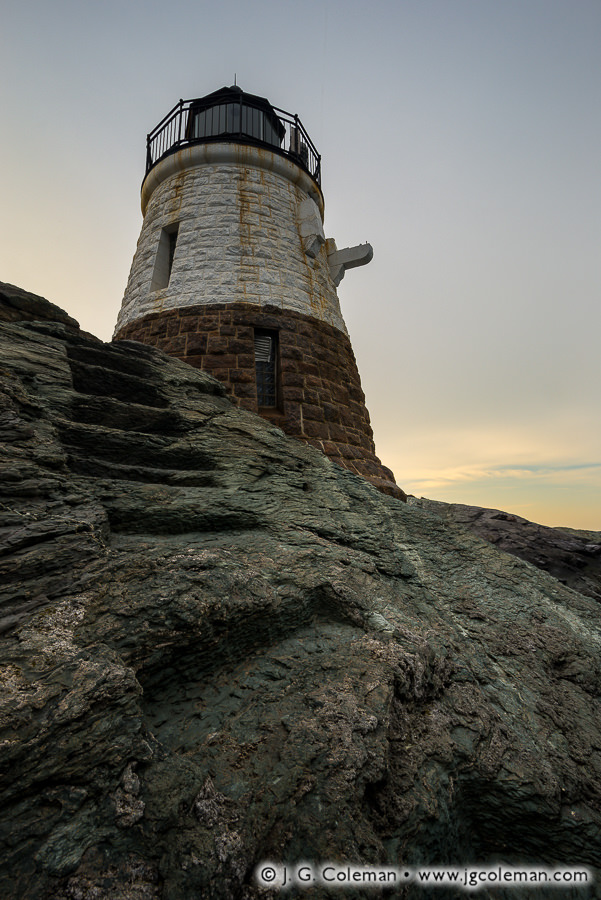
Castle Hill Lighthouse beside Narragansett Bay, Newport, Rhode Island
© 2016 J. G. Coleman
Negotiations continued for over a year before access over land was granted and construction could finally begin. The Castle Hill Light was kindled for the first time on May 1, 1890 and the ruby glow of its lamp still guides vessels to this very day.
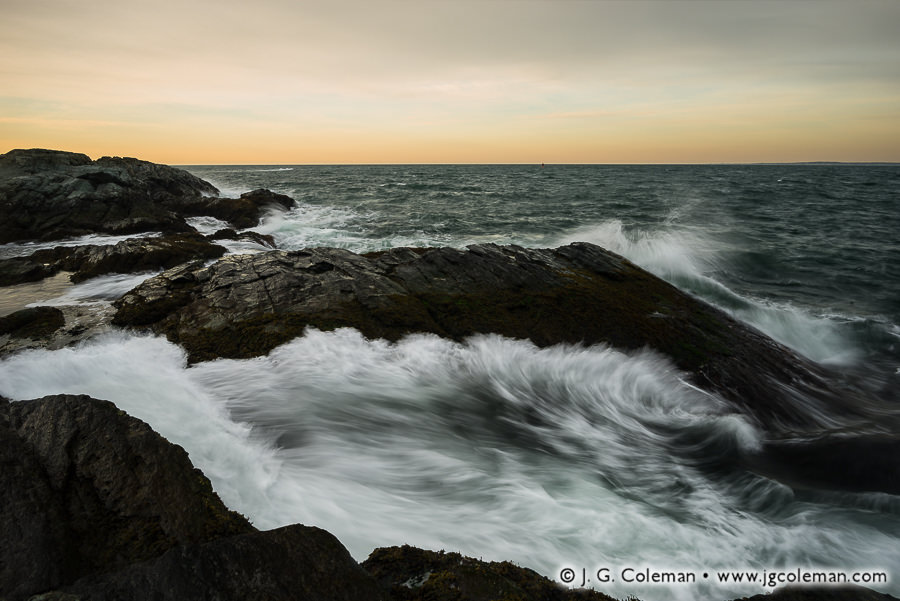
Narragansett Bay along Castle Hill, Newport, Rhode Island
© 2016 J. G. Coleman
Purchase a Fine Art Print or Inquire About Licensing
Click here to visit my landing page for “Guardian of the East Passage” to buy a beautiful fine art print or inquire about licensing this image.
Want to See More?
Be sure to check out all of my work from the Castle Hill Lighthouse, including larger examples of all of the pieces seen above.


